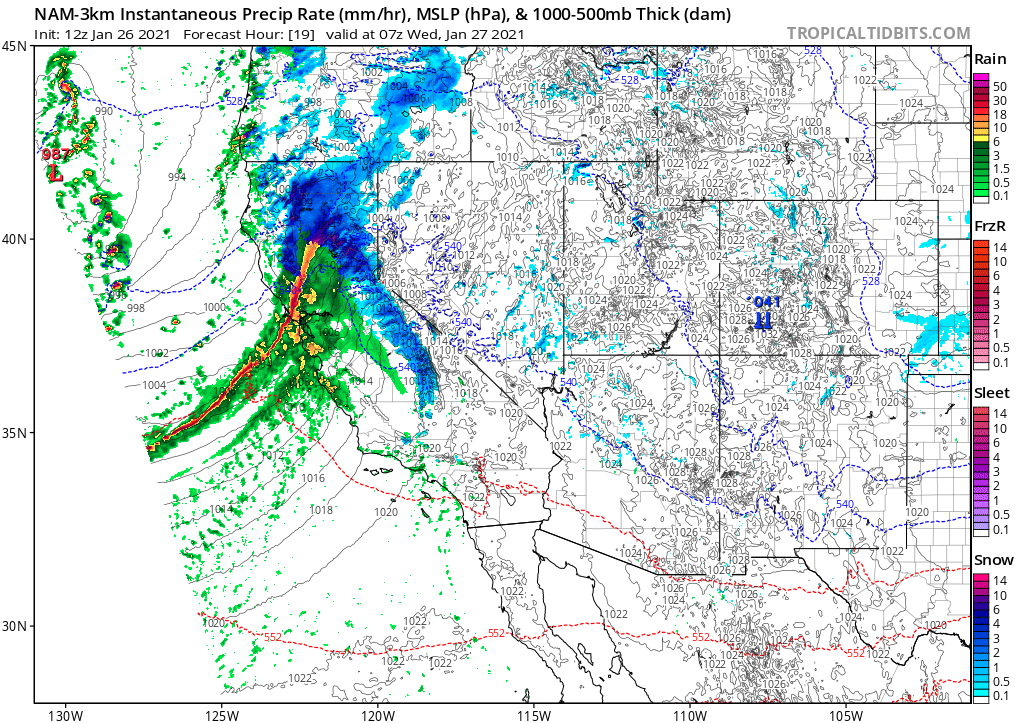
Correction to give more accurate context: vegetation dryness & flammability metrics (1000hr fuel moisture & ERC, respectively) are indeed exceeding record levels for *calendar* date over most of Sierra Nevada, but *not* records for *any date.* (Phew!) (1/4) #CAwx #CAfire 

For those interested, the confusion apparently arose due to a differing period of record for NorCal vs. SoCal data via the NorthOps/SouthOps GACCs. In SoCal, period of record is only ~10 years, so "any date" records less meaningful. So: data not wrong, but context is missing.
This really doesn't change the overall picture: there's still an exceptionally severe drought across all of Northern California and vegetation is still exceptionally dry--even relative to extreme values of recent years. But it's important to get the details right! (3/4)
For clarity, I have deleted the original Tweet. Many thanks to several folks who have offered feedback and clarifications--especially @brunorodriguezq for asking around and officially getting to the bottom of this! (4/4)
• • •
Missing some Tweet in this thread? You can try to
force a refresh














